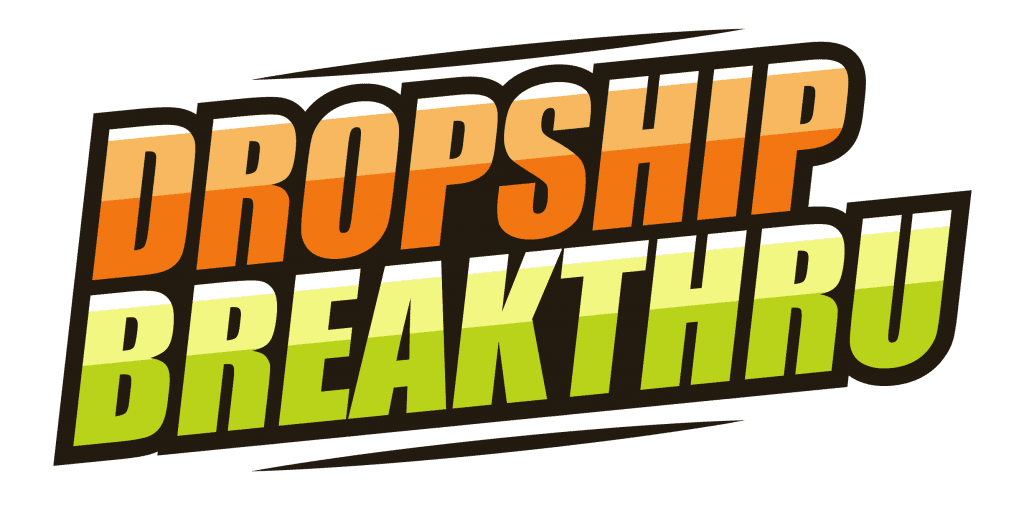Dropshipping 101: The Guide to Everything You Need to Know
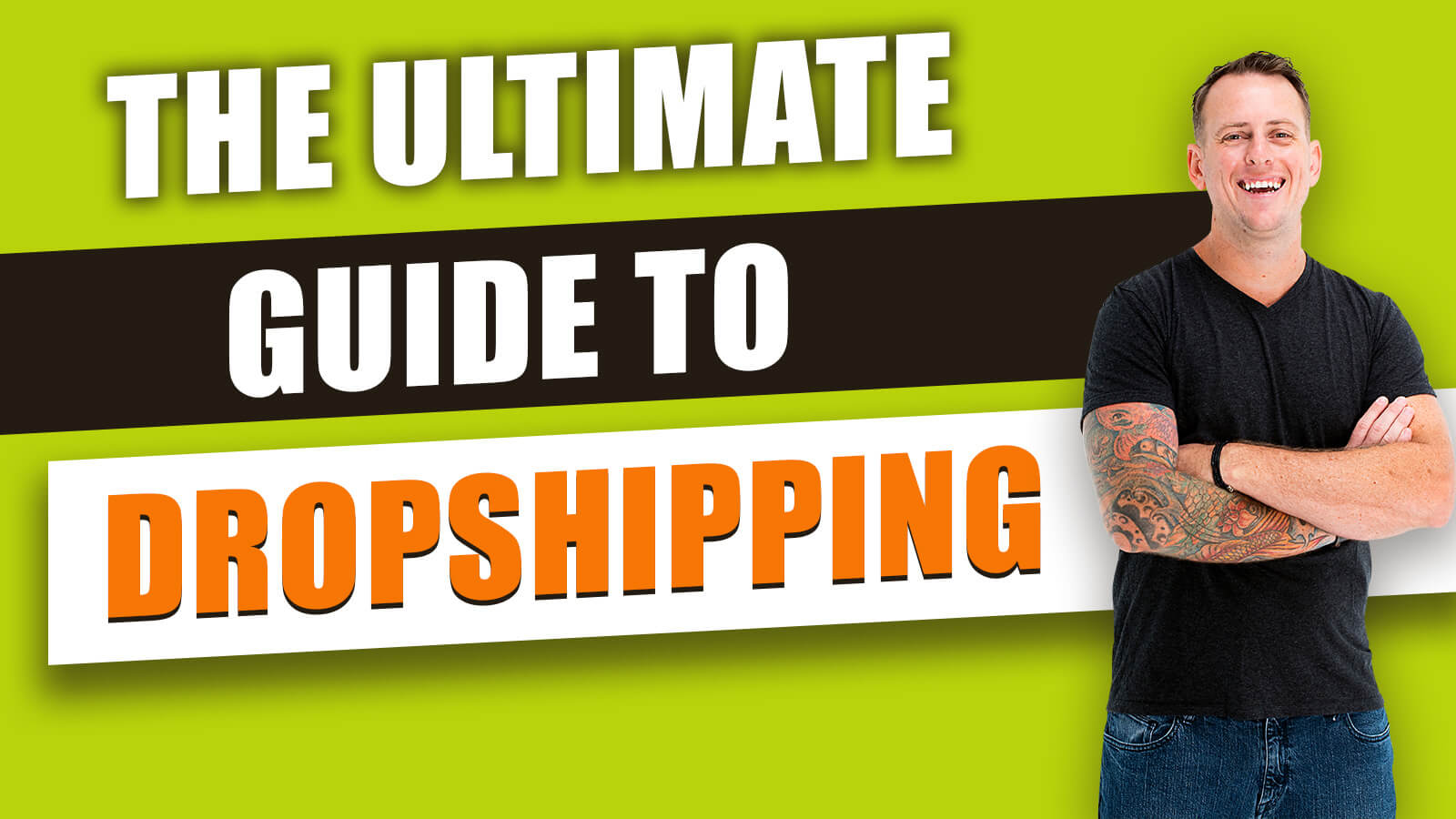
If you’ve got an entrepreneurial spirit and have been digging around for an Ecommerce business idea, you’ve likely come across dropshipping a time or twenty.
And since you’re reading this, you’re probably looking for a useful dropshipping guide that gives you real and actionable information.
If so, you’ve come to the right place. We’re going to take a deep dive into the world of dropshipping, an online business model that you might just fall in love with (like we did!).
In this comprehensive dropshipping guide, we’ll explore the profitability of high ticket dropshipping and give you an idea of the costs involved in getting started.
Then we’ll share practical insights to help you launch your own successful dropshipping business and give you some examples of successful dropshippers.
So let’s get to it!
Is Dropshipping Really Worth It?
In the dropshipping business model, an online store sells products but doesn’t keep them in its inventory. When a customer makes a purchase from the store, the store owner gets the item from a third party that already has the product in stock.
That third party is responsible for shipping the product straight to the customer.
When you’re a dropshipper, you never touch or see the product – and you don’t need to worry about having a physical storefront or warehouse space. That really simplifies the running of your business.
Dropshipping requires less startup capital than traditional retail models (an added bonus). As the store owner, your primary responsibilities are marketing your products, managing the website, and providing customer service.
And with all the buzz about this Ecommerce model, you might be wondering, “Is dropshipping worth it?”
We might be a tad biased, but …
In 2023, dropshipping is a great idea if you follow the right approach. And that approach is knowing the difference between selling high ticket items versus low-ticket ones.
High ticket dropshipping means selling items that cost at least $800 each. You’ll also use suppliers in your own country, which means good quality products and fast shipping – resulting in happier customers. Selling high ticket products also earns you more money per sale.
Low-ticket dropshipping is different. It involves selling cheap items from foreign suppliers. With low ticket dropshipping, customers might wait weeks (or months) for their orders, and when the products finally arrive, they’re usually poor quality or, in some cases, broken. This will hurt your business and is usually more trouble than it’s worth.
So, is dropshipping worth it? Absolutely – if you focus on selling high ticket items.
But remember, dropshipping isn’t a quick way to get rich. Like any business, it takes hard work and time. It also requires you to track and adjust to market changes. But if you can do all this, dropshipping can be a good way to make money without having to worry about holding stock.
Is Dropshipping Legal?
Yes, dropshipping is legal. But just like with any business, you must follow certain rules:
- Understand your liability, especially with high ticket items. Avoid selling unauthorized trademarked products or those that don’t meet safety standards.
- Create comprehensive Terms & Conditions and have clear policies for returns and refunds.
- Enter into legal contracts with suppliers and payment gateways.
- Choose a business structure like a sole proprietorship or LLC.
- Fulfill tax obligations and obtain a resale certificate.
- Comply with laws when accepting payments.
- Handle returns and refunds efficiently.
Remember to seek legal advice to ensure you’re in compliance with regulations. When done correctly, dropshipping is legal and can be highly profitable.
How Much Does Dropshipping Cost?
Interested in high ticket dropshipping but unsure about the startup cost?
The good news is that this business model doesn’t require a big initial investment. You could potentially get started with less than $500. (Yeah, you read that right – just $500!)
A domain name is your first requirement. It’s your unique address on the internet, and domain names are affordable and easy to get from platforms like Namecheap.
You need an online store host. We recommend Shopify as the leading choice for its free 14-day trial and reasonable pricing. You’ll also need a Shopify theme.
Invest in a professional business email address. You can get one from Google Workspace for a minimal monthly cost.
A business phone number adds to your professionalism. We suggest a service like Grasshopper for a dedicated 1-800 line.
A recognizable logo and website banners are a must. You can use affordable freelance services like Fiverr for design tasks.
In total, your first month’s expenses could add up to just under $500. Going forward, you’ll also spend money on marketing or online advertising.
Should you have extra funds, you can think about splurging on professional website setup and product upload services.
High Ticket vs. Low Ticket Dropshipping: Which Is Better?
Is low or high ticket dropshipping better for you?
The answer? It depends.
Take a look at the pros and cons:
LOW TICKET (products <$200)
PROS
- Quick win potential if an ad goes viral or a product gains traction
- Easier than producing your own direct-to-consumer products
- Thousands of products to choose from
- Bulk buying is easier/cheaper
CONS
- Low-quality products mean more returns, complaints, negative reviews, ad account suspensions, and even legal problems
- You have to fulfill a lot of individual sales to make the same profit as high ticket dropshipping
- Marketing is difficult because you have to run campaigns and ads to generate demand
- High volume = more frustrated customers and higher customer service expenses
- Unpredictable costs and unexpected overhead
- You might need a team to help with fulfillment
- Product popularity can drop in an instant
HIGH TICKET (>$800)
PROS
- High ticket dropshipping is a fantastic way to get paid to learn about an established industry, and you can use those skills in other contexts
- You support your community with high ticket dropshipping because suppliers are often created and maintained by local businesses
- Once your business is established, you can use your platform to produce and sell your own products to get even higher margins
- Higher profit (often over $1000 net per order) which means less work for the same money
- Established product demand (consumers are already looking for these products online)
- High quality = fewer returns, chargebacks, and complaints
CONS (There’s seriously only one that we can think of, and it’s true of ANY product in the dropshipping industry)
- With dropshipping, you don’t control the supply chain. But you can overcome this issue, especially if you have the right dropshipping guides and experts (like us!).
At Dropship Breakthru, we’re all about high ticket dropshipping products. But once you review this list of pros and cons, your choice will depend on your goals and how much work you’re willing to do.
How to Start a Dropshipping Business
Affiliate marketing and high ticket dropshipping both keep starting costs low and are budget-friendly for beginners. For affiliate marketing, you just need a site or a social media page to place your links.
With high ticket dropshipping, setting up your online store and connecting with suppliers usually costs less than $500 – If you follow our methods!
Here are the costs you’ll need to cover to get started with high ticket dropshipping:
- A domain name – We recommend LeanDomainSearch or Namecheap ($13)
- A place to host your online store – Shopify is the platform we always recommend, and you can get a 2-week free trial ($29/month)
- Shopify theme – Your theme is the “wrapper” that gives your site the look and feel you want. ($200-$500, or free if you join our course, Dropship Breakthru).
- Brand elements – You can hire a Fiverr designer to create a logo for you (approximately $20)
- A business phone number – You can get an 800 number with Grasshopper ($40/month)
- A business email address – We recommend Google Workspace ($12/month)
According to our quick calculations, that’s $314 to start a solid, long-term business! Not too bad.
Behind-the-scenes hint: You see those links above? Many of them are affiliate links! We get a small commission when you buy from those vendors using those links.
Find Your Dropshipping Niche
Start by scouting online communities like hobbyist forums, discussion boards, and social media groups, where folks are passionate about their interests. Look for popular high ticket products and do your research to find out why people like those items. What features do people rave about? What problems do the items solve?
Next, use Google Trends to understand the market demand for your product. Google Trends is an invaluable asset for analyzing the popularity of search queries.
Insert a broad keyword related to your potential product or niche, and fine-tune the results by:
- Region
- Time period
- Category
- Type of search
Types of search could be image, web, Google Shopping, news, or YouTube.
A steady or increasing interest trend over time might suggest sustainable demand for that product or niche.
Taking a peek at your competitors can be helpful too! Their products, customer feedback, and new trends could give you fresh insights. Do a gap analysis by looking for items your competitors aren’t selling that complement existing products.
After making a list of potential niches, it’s time to evaluate your options. To do that:
- Verify retail prices
- Check if there’s a healthy demand for your niche
- Find reliable suppliers
- Study delivery times
- Look at product reviews
- Assess your competition
The last one can be tricky. Ideally, you want around 10 competitors in the niche. Fewer than that means there isn’t a high demand for the product, but if there’s a lot more than 10, you’ll have trouble standing out in the market.
Read our in-depth guide for more information on finding and evaluating dropshipping niches.
Get to Know the Person You’re Selling To
Contrary to popular belief, your niche is less about the products you sell and more about the people who buy them.
So when you’re researching niches, your job is to define a target audience of potential customers you can get to know and sell to over and over again. Steer away from the narrow perspective of single-product sales or one-time transactions.
Instead, do your research to understand the needs, preferences, and behaviors of your potential customer base. Create a community of dedicated fans who trust your brand and make repeat purchases from your store.
Focus on relationships, not just transactions –your customers are individuals, not sales figures on a screen. When you keep real people at the forefront of your business strategy, they’ll become loyal customers who refer their friends and family to your site – and those referrals can be rocket fuel for your dropshipping business.
Find a Wide Selection of High-Quality Dropshipping Suppliers
To succeed at high ticket dropshipping, you need to use top-quality suppliers based in the same country as your customers.
So how exactly do you find dropshipping suppliers in your local area?
Step 1: Search for Your Product
Enter your potential product name into a search engine and add a transactional term like “buy,” “for sale,” or “purchase.”
Step 2: Explore the SERPs
The Search Engine Results Pages will provide a wealth of options for you to dig into. Go to Google’s “Shopping” page and start investigating.
Step 3: Look for Real Brands (Not Products)
Try to identify the brands behind the products you see. This may take a bit of detective work. While you’re browsing through brands, look for sections of their sites dedicated to “becoming a dealer” or “becoming a seller.”
Step 4: Learn to Recognize Resellers
Identify resellers by studying their websites. Resellers typically offer a wide variety of brands and products, with sites that are more functional than aesthetic. Look for dropshipping lingo like “dropshipping,” “blindshipping,” “become a dealer,” “no minimum order,” or “reseller program.”
As you’re researching, add potential suppliers to a list or spreadsheet, and jot down any thoughts or issues you discover.
By following these steps, you can easily find quality dropshipping suppliers for your high ticket dropshipping business.
Build Your Ecommerce Store the Easy Way with Shopify
Now it’s time to set up your online store. We recommend Shopify, a user-friendly Ecommerce platform.
Start by registering on the platform and choosing a name for your store that aligns with your niche.
From there, setting up your Shopify dropshipping store. Your theme is a kind of digital foundation for your store, giving you the look and feel you want, and you get a wide selection of themes to choose from. We recommend Superstore from Out of the Sandbox. And if you join our course, we’ll give you the Superstore theme for free!
You can add products to your store, manage your online inventory, and set up payment gateways to ensure the safety of your customers’ financial information.
Use Our Secret System for Marketing Your Dropshipping Business
Once your store is set up and you’ve got products to sell, it’s time to start getting the word out and attracting potential customers.
We recommend using Google ads and our proven 3-tiered funnel system to market your dropshipping business.
Examples of Successful Dropshipping Businesses
Jon, one of our founders, started his dropshipping business with a store called chicchandeliers.com.au. Check out this old screenshot from Wayback Machine!
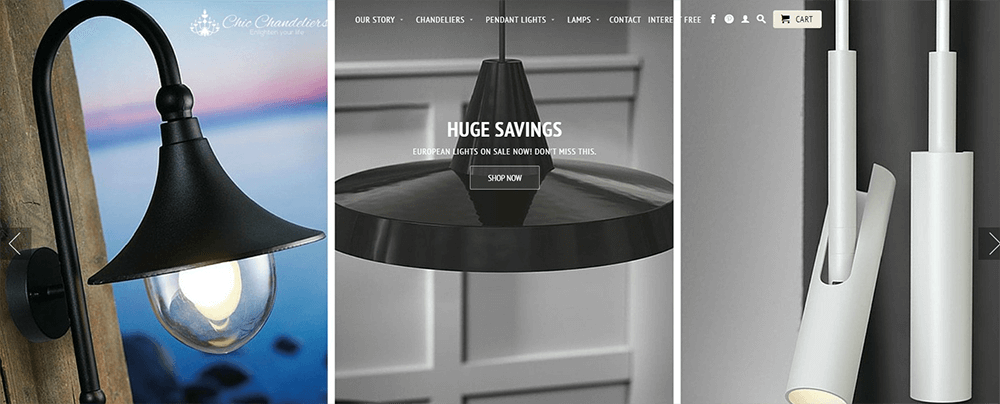
Ben, our other Dropship Breakthru founder, used to drive a forklift at Walmart. He hated going to work, was drowning in $40,000 debt, and lived paycheck to paycheck. He felt like he had a lot of potential, but everyone underestimated him, so he felt stuck.
Then dropshipping changed everything for him. His first dropshipping business was The3DPrinterGuy.com (check out this old screenshot from the Wayback Machine!).
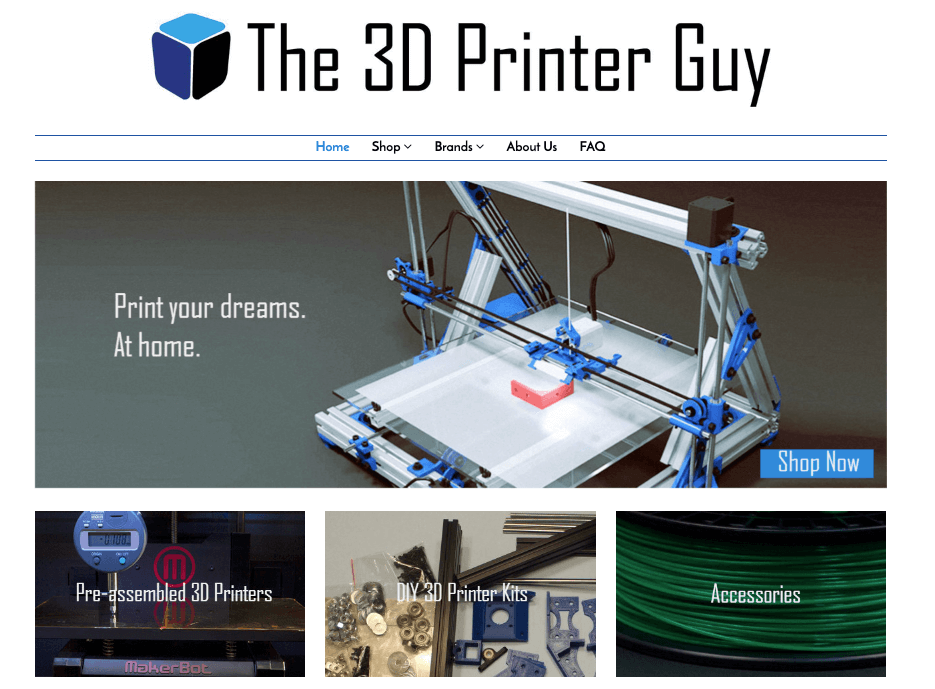
Eventually, Ben launched and exited multiple dropshipping businesses, including one he sold for seven figures.
Here at Dropship Breakthru, we believe in a world where everyone can succeed in dropshipping. It’s not a zero-sum game. We can all win, because the world is abundant.
So if you’re one of those people who feels like they have unrecognized potential– like you could be doing great things – we want to know that we see you and believe you have the potential to succeed. Dropshipping can change your life, but only if you take the plunge and get started.
A Dropshipping Guide to Launching Your Dream Business
So, there you have it. If you’re feeling stuck in your current job, drowning in debt, or simply have a burning desire to be your own boss, dropshipping could be a perfect fit for you.
We’ve been there, and now we want to help you reach your full potential. It won’t be easy, and it will take time, but we promise it will be worth it. If you’re ready to roll up your sleeves and get to work, you can set up a profitable high ticket dropshipping business that changes your life.
Ready to take the first step? Sign up for our on-demand free training that will teach you how to set up your own high ticket drop shipping business in 30 days or less.
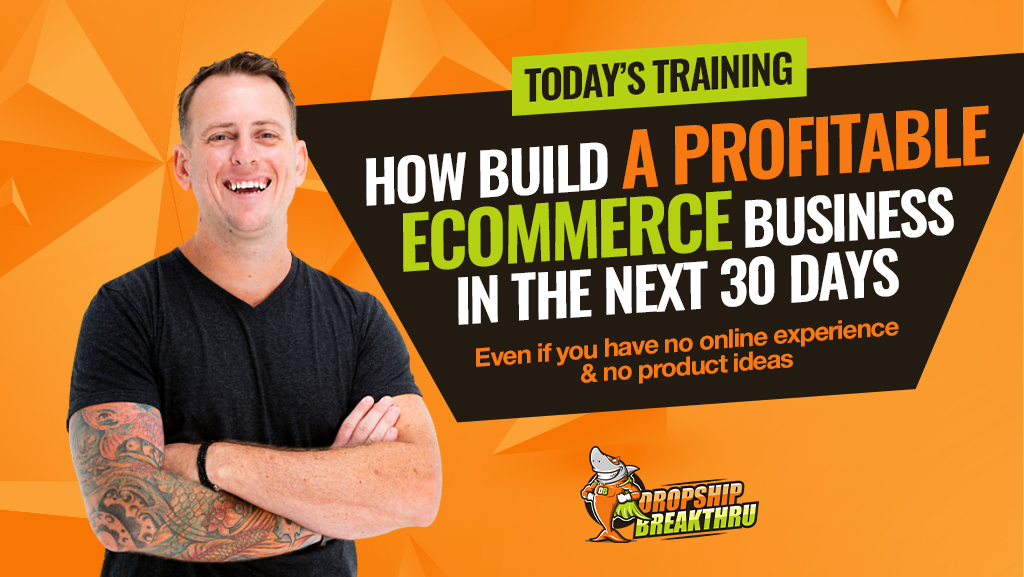
Want to start your own high ticket dropshipping business?
Watch this FREE, on-demand training session that will uncover the exact steps you need to take to launch your first high ticket dropshipping business in the next 30 days.

Article by Jon Warren
- Worked with 400+ Ecommerce business owners to help them grow their business
- Started 3 high-ticket dropshipping businesses that reached 7 figures per year in revenue
- Managed marketing for his and his clients’ businesses that has produced 117,000 high-ticket purchases for an estimated value of $120.5M
© Dropship Breakthru 2024

